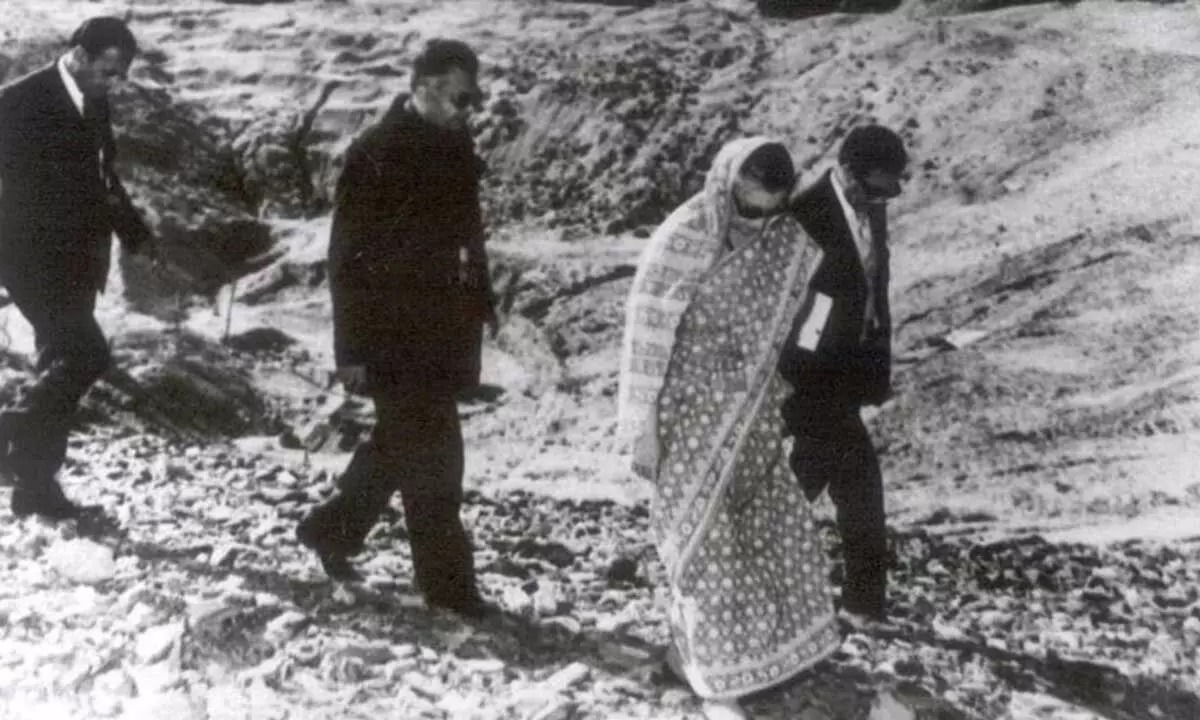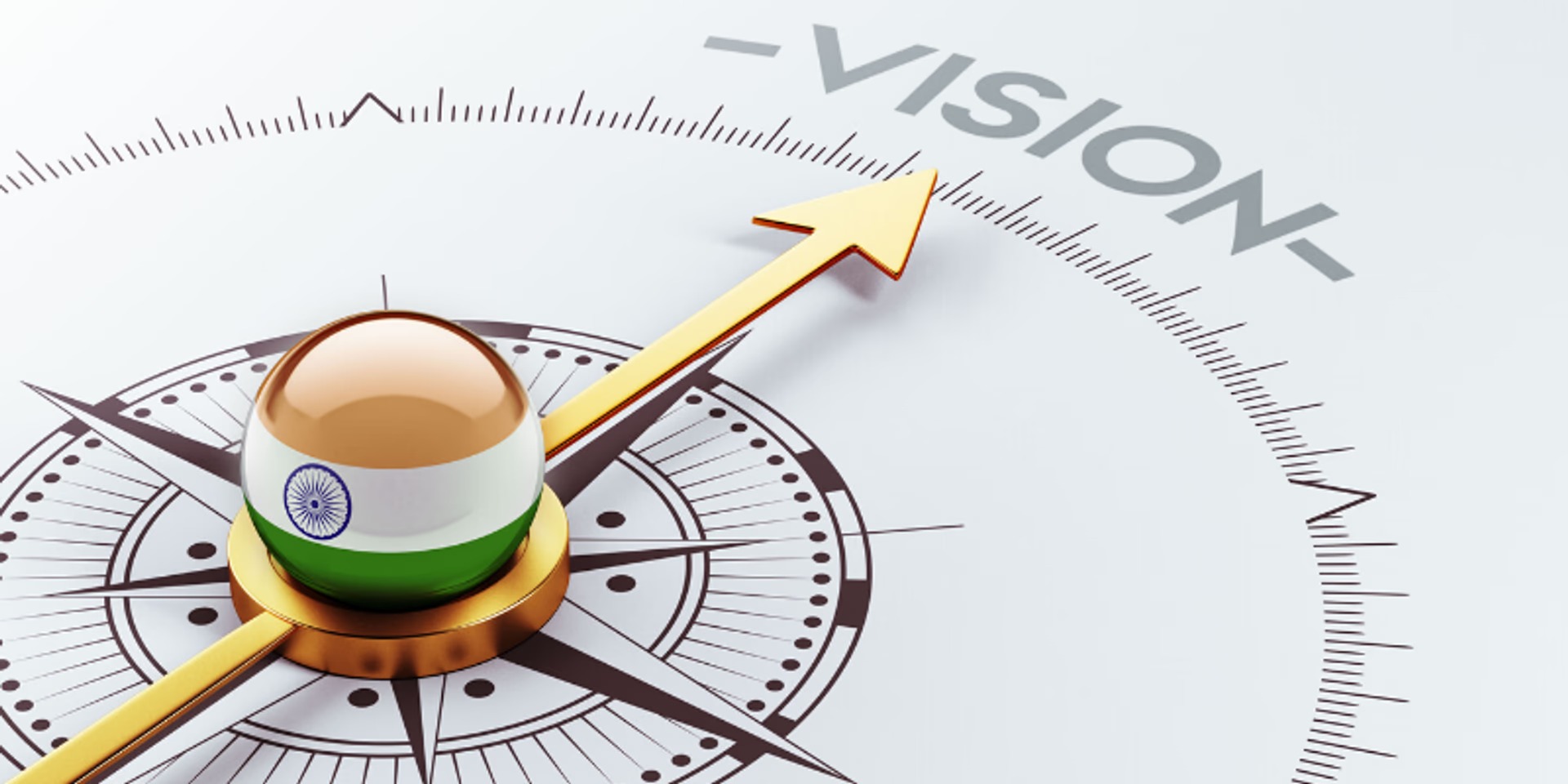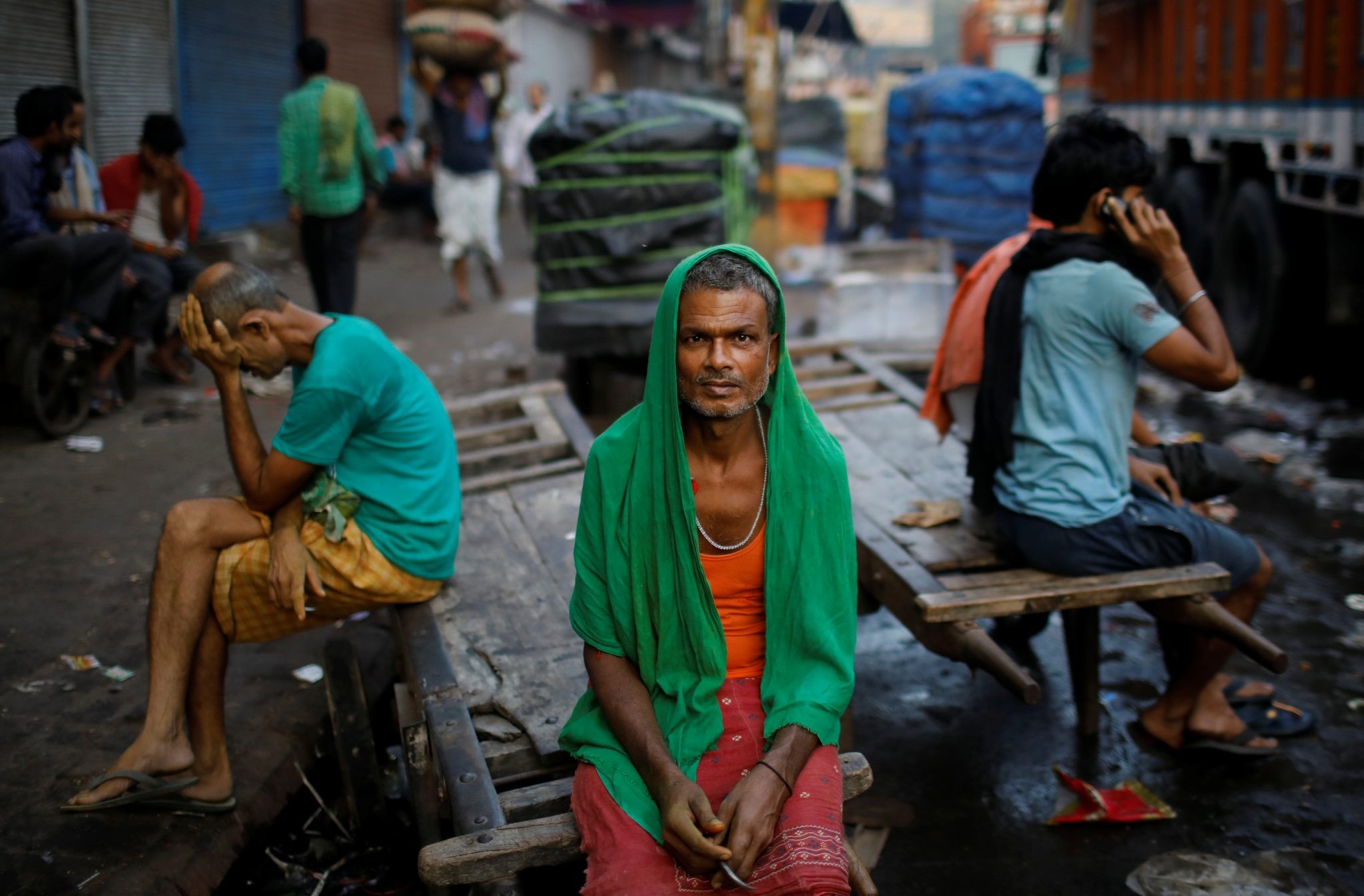Introduction
India conducted its first nuclear test—code-named Smiling Buddha (MEA designation: Pokhran-I)—on 18 May 1974 at the Indian Army’s Pokhran Test Range in Rajasthan, declaring it a “peaceful nuclear explosion” and becoming the first country outside the UN Security Council’s P5 to detonate a nuclear device. The underground fission test, carried out under intense secrecy and direct oversight of Prime Minister Indira Gandhi, marked a strategic and technological watershed for India and reshaped global nonproliferation controls.
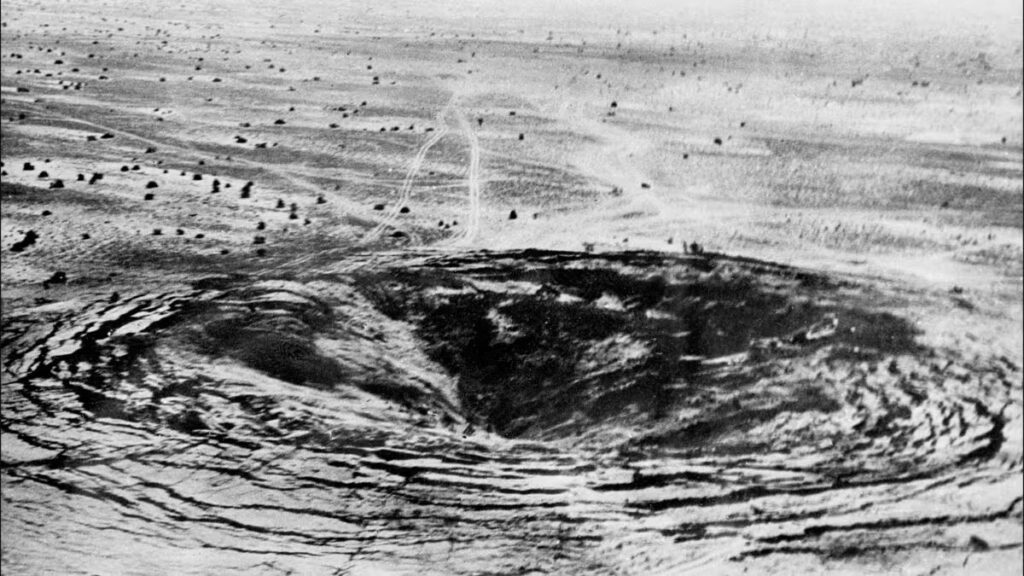
Background and Rationale
- Program leadership and sources: The device was built by BARC under Raja Ramanna, with DRDO support (B.D. Nag Chaudhuri) and Atomic Energy Commission chair Homi Sethna; plutonium was produced using the Canada-supplied CIRUS reactor and U.S.-supplied heavy water.
- “Peaceful nuclear explosion” posture: New Delhi publicly characterized the test as a PNE to soften international backlash during the Cold War and amid China’s 1964 test legacy and regional security concerns.
- Secrecy and political control: Indira Gandhi kept the project tightly held, informing only a small circle; the foreign minister learned 48 hours prior, and the defense minister days before the shot.
Test Site, Timing, and Device
- Location and timing: Pokhran Test Range, Thar Desert, Rajasthan; detonation at about 8:05 a.m. IST on 18 May 1974.
- Underground shot: The device was emplaced down a shaft at the army range; India announced it as an underground, controlled test consistent with PNE claims.
- Design: Implosion-type plutonium fission device; described with a hexagonal cross-section, ~1.25m diameter, ~1,400kg, mounted for emplacement and transported on rails.
- Engineering details: Open-source reconstructions indicate a 12-lens implosion system using fast/slow explosive lenses and a polonium–beryllium initiator, with a multi-slice plutonium core design enabling precision assembly under field conditions.
Yield and Technical Assessments
- Official statements initially cited around 12kt; independent seismic analyses and crater studies widely assessed a lower figure, commonly 4–6kt, while senior Indian scientists later suggested ~8–10kt with a 10kt design target.
- Consensus range: Most external analyses place the yield at roughly 6–10kt, reflecting sparse public data and divergent early claims.
Key People and Institutions
- Scientific leadership: Raja Ramanna (BARC), Homi Sethna (AEC), DRDO collaboration under B.D. Nag Chaudhuri; core metallurgy and assembly credits are documented in open-source technical histories.
- Political control: Indira Gandhi’s office managed secrecy and authorizations; only select civil and military leaders were briefed shortly before the test.
- Military support: Indian Army (Pokhran range logistics, site preparation) assisted the primarily civilian scientific team.
International Reaction and Nonproliferation Consequences
- Immediate fallout: Canada froze nuclear assistance, citing misuse of Canadian-origin reactor output; the U.S. criticized but noted no explicit agreement violation for specific ongoing fuel shipments to Tarapur.
- Structural changes: The test catalyzed creation of the Nuclear Suppliers Group (“London Club”) to tighten export controls and link nuclear trade to safeguards; the U.S. later passed the 1978 Nuclear Non-Proliferation Act tightening bilateral nuclear commerce.
- PNE controversy: India’s PNE claim was rejected by many states, which viewed the test as weapons-relevant and a potential spur to regional proliferation.
- Regional response: Pakistan denounced the test and accelerated its own program, framing it as a response to Indian nuclear capabilities; later Pakistani accounts emphasize 1974 as a turning point.
Strategic Significance
- First non-P5 test: India became the first state outside the P5 to detonate a nuclear device, transforming global nonproliferation politics and technology controls.
- Technology base: Demonstrated indigenous capability in plutonium metallurgy, implosion engineering, diagnostics, and underground testing logistics, laying a foundation later leveraged in 1998 tests (Pokhran-II).
- Policy trajectory: The 1974 test entrenched India’s stance outside the NPT’s nuclear-weapons/non-weapons demarcation, contributing to decades of export constraints that were partially eased only after the 2008 waiver.
Timeline (Key Dates)
- 1960s–early 1970s: Design and materials production using CIRUS reactor plutonium and heavy water; iterative device engineering under BARC/DRDO/AEC.
- 13–17 May 1974: Final device assembly and emplacement at Pokhran under strict secrecy.
- 18 May 1974, ~8:05 a.m. IST: Underground detonation (“Smiling Buddha”/Pokhran-I) at Pokhran Test Range, Rajasthan.
- Post-May 1974: Canada suspends nuclear assistance; moves toward supplier coordination accelerate, culminating in the NSG and stricter global nuclear export norms.
Quick Facts
- Code-name: Smiling Buddha (Pokhran-I).
- Date: 18 May 1974.
- Location: Pokhran Test Range, Rajasthan.
- Device type: Implosion, plutonium fission PNE-designation.
- Estimated yield: Often assessed at ~6–10kt (officially higher early claims, later scaled to single digits by Indian principals).
- Global impact: Triggered NSG formation and tighter nuclear export requirements; influenced U.S. nonproliferation legislation and policies.
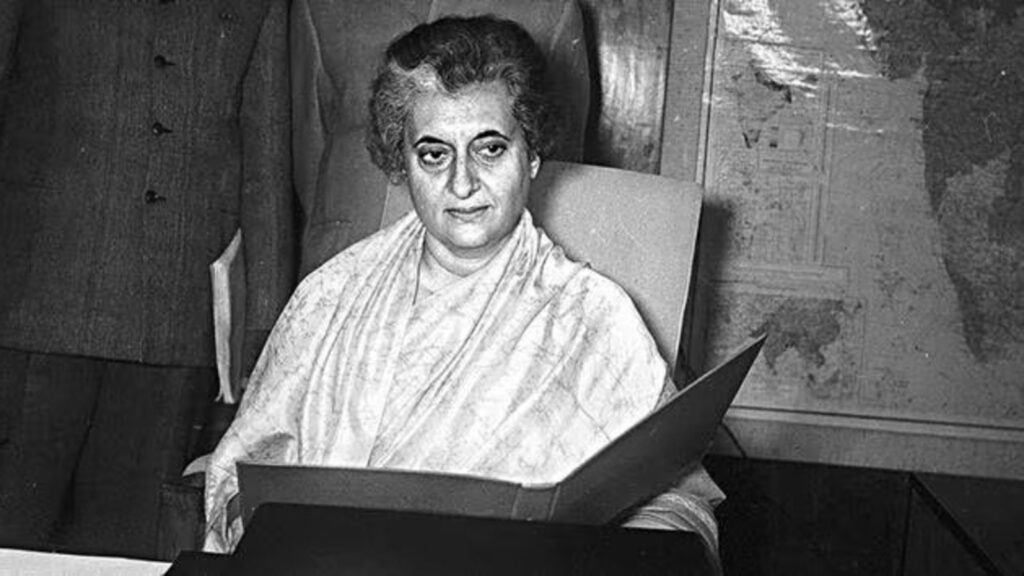
Interesting Notes
- Alternate label in U.S. intel: “Happy Krishna” appears in U.S. military intelligence references to the operation.
- Buddha Purnima: The test date coincided with Buddha Purnima, a commonly cited reason behind the “Smiling Buddha” code-name in popular retellings.
- Assembly challenges: Desert heat complicated core mating during assembly; technicians adjusted schedules earlier in the day to complete precise fits before emplacement.
Legacy
Smiling Buddha proved India’s nuclear explosives competence while inviting decades of export constraints and catalyzing the global supplier regime; it also galvanized regional nuclear dynamics, ultimately setting the stage for India’s 1998 test series and subsequent engagement to partially normalize civil nuclear trade under safeguards.

